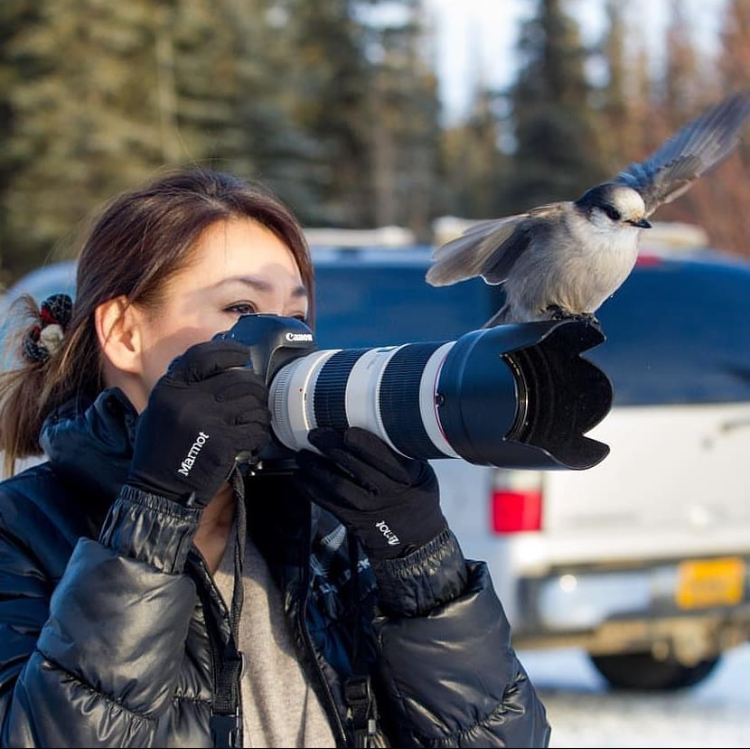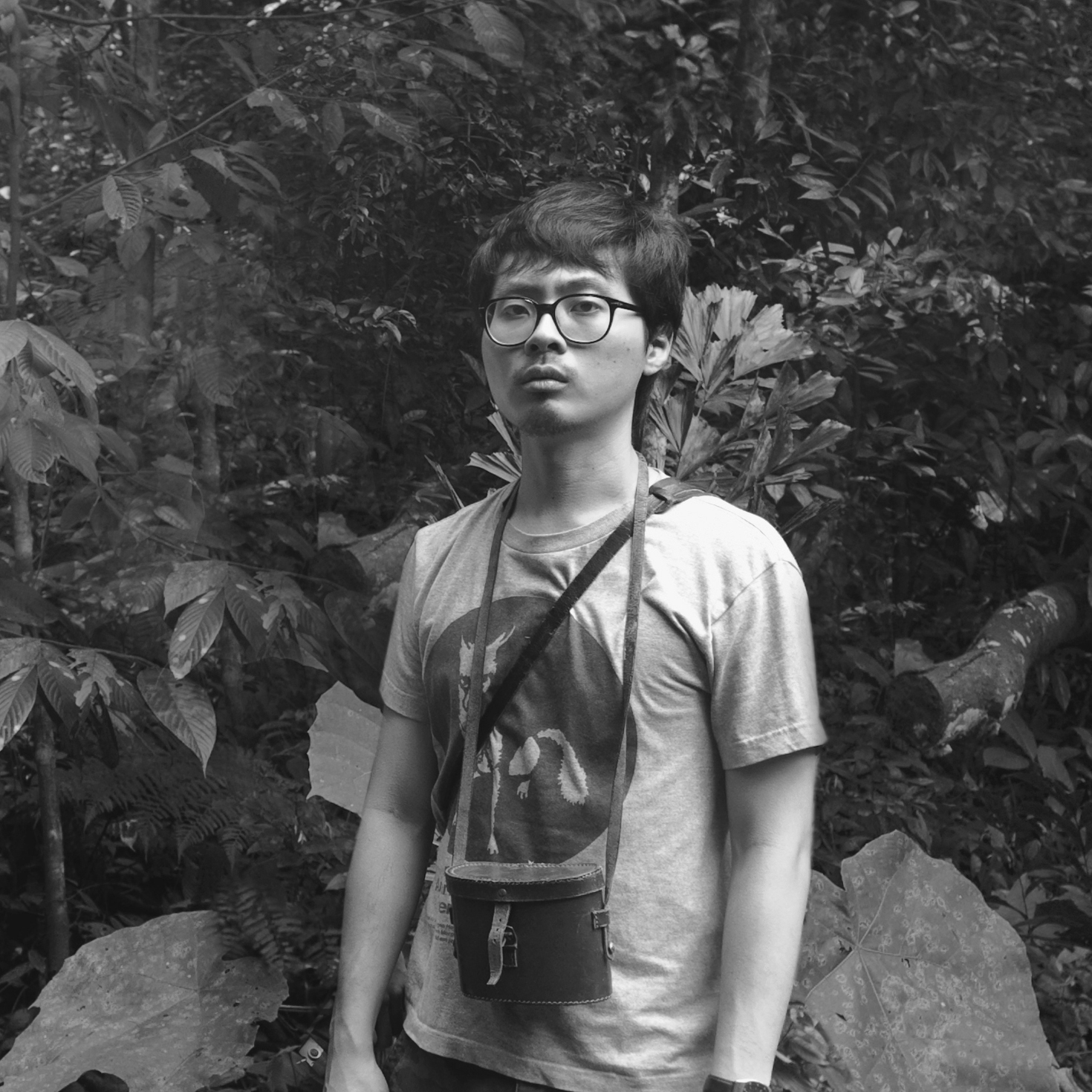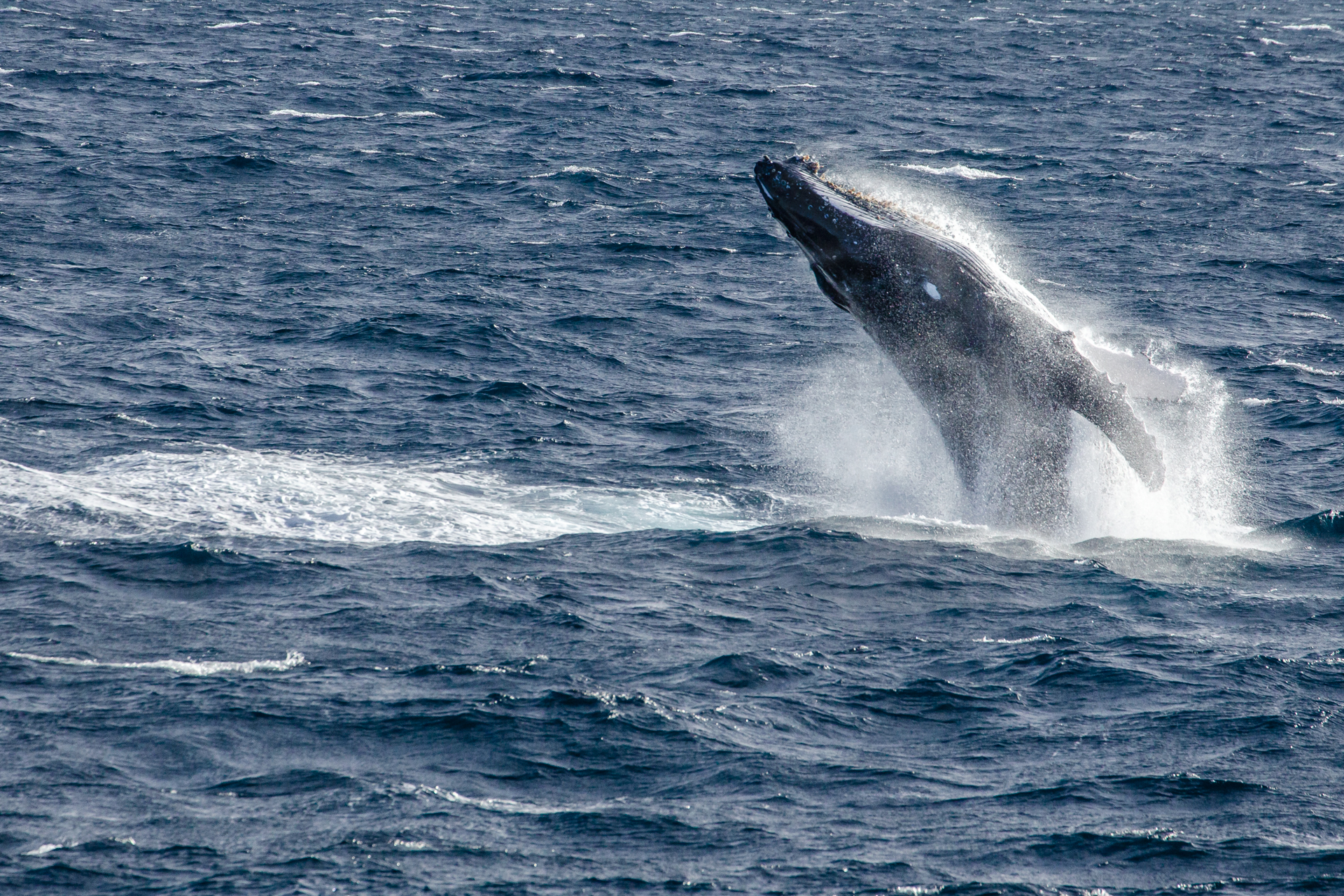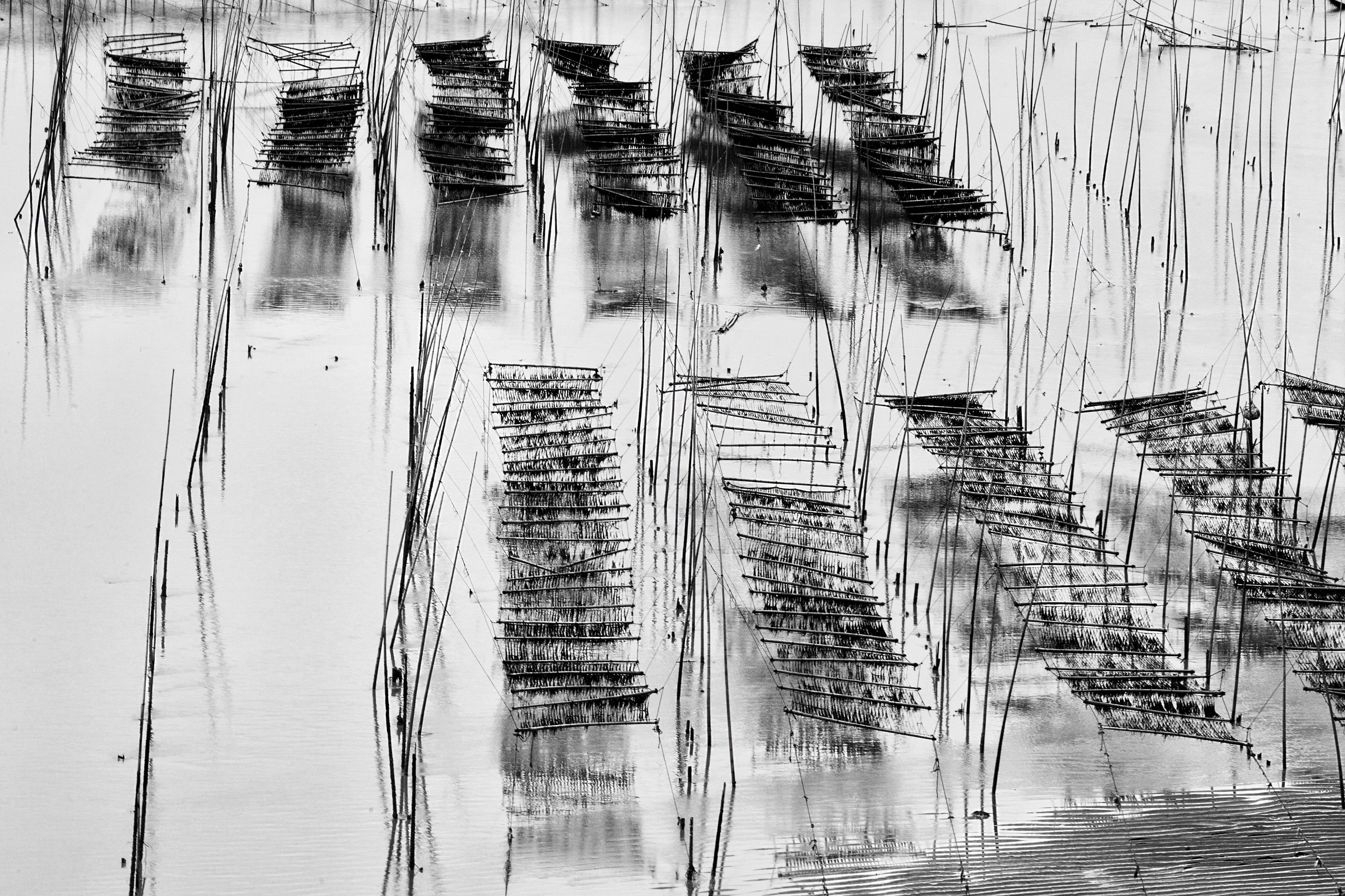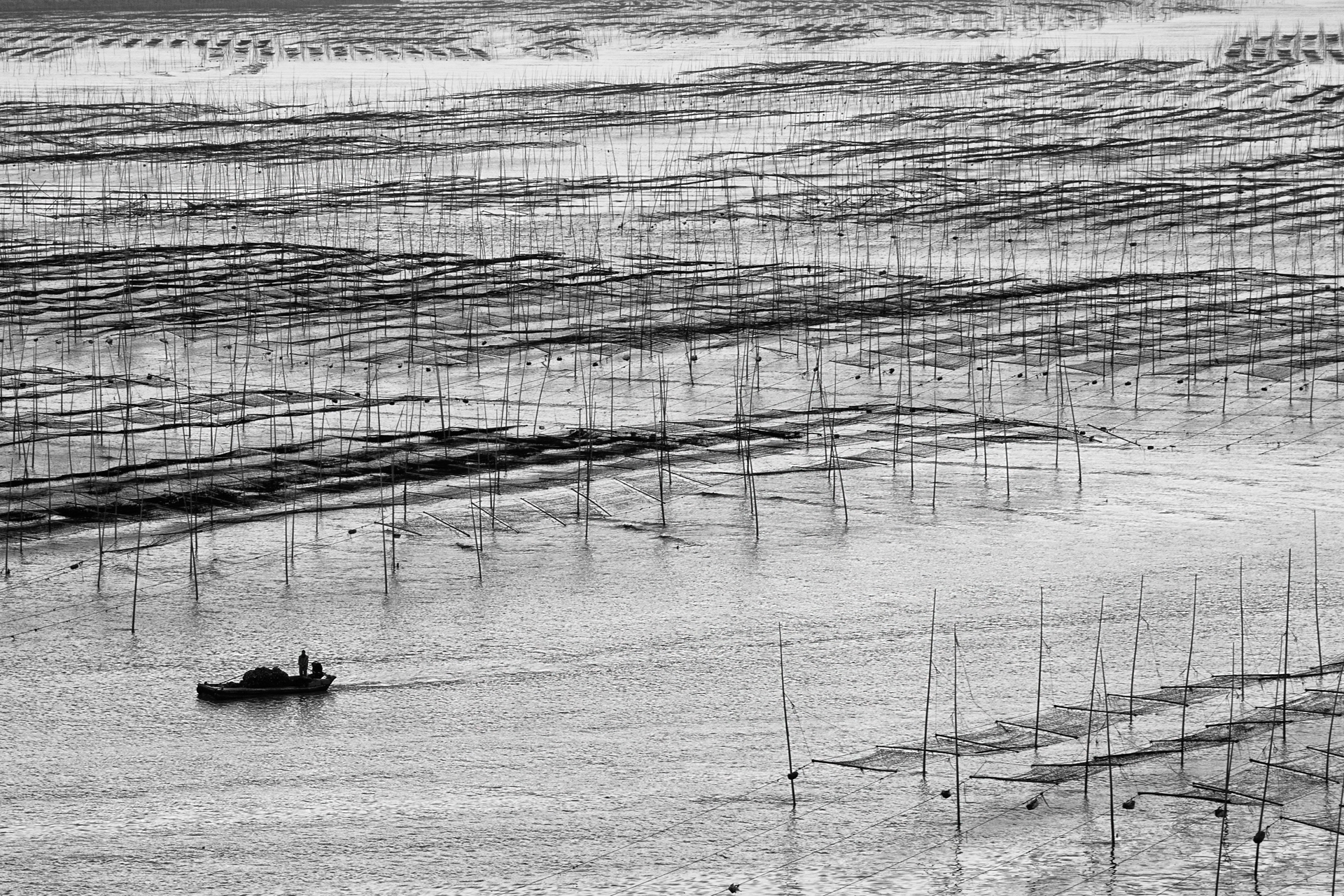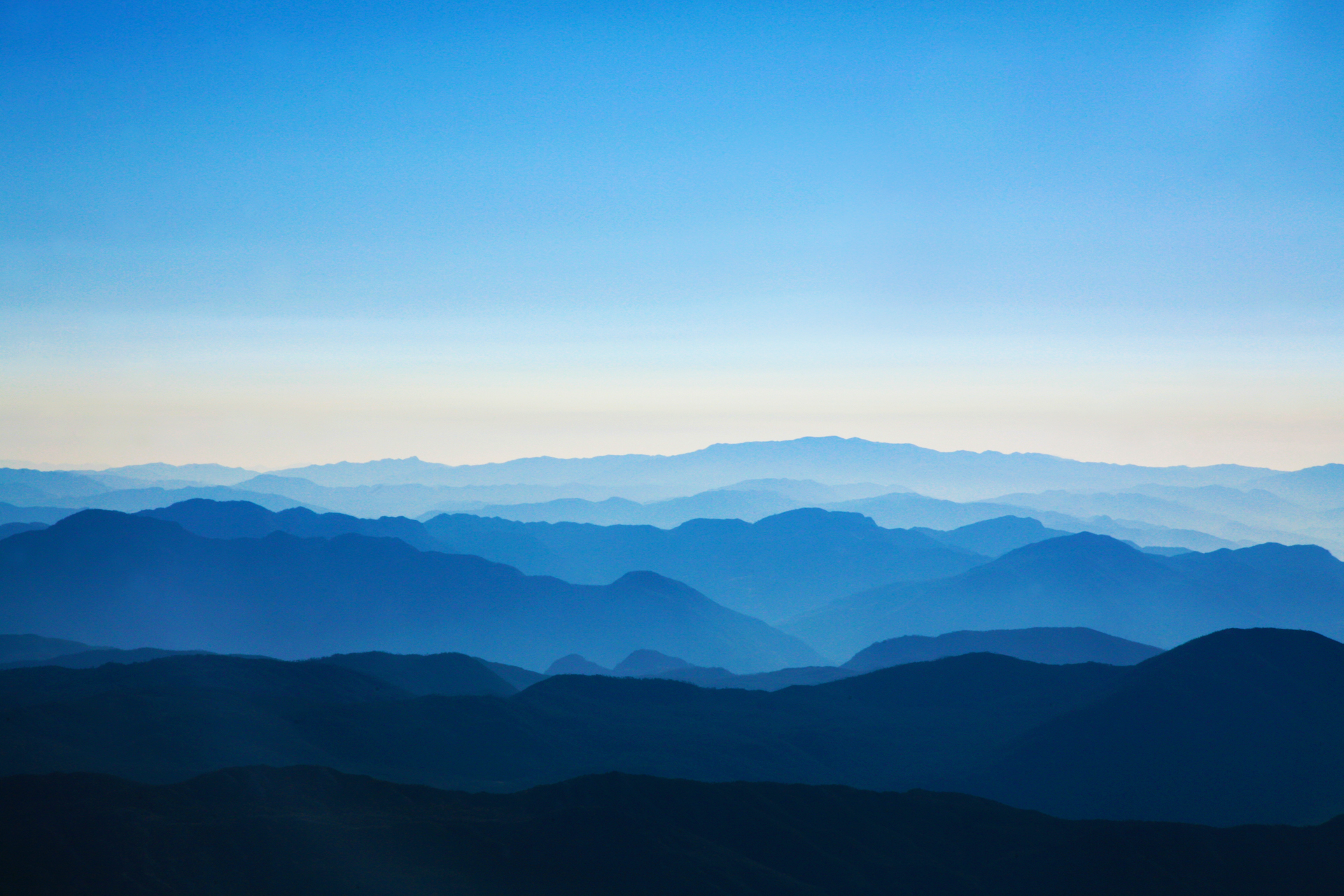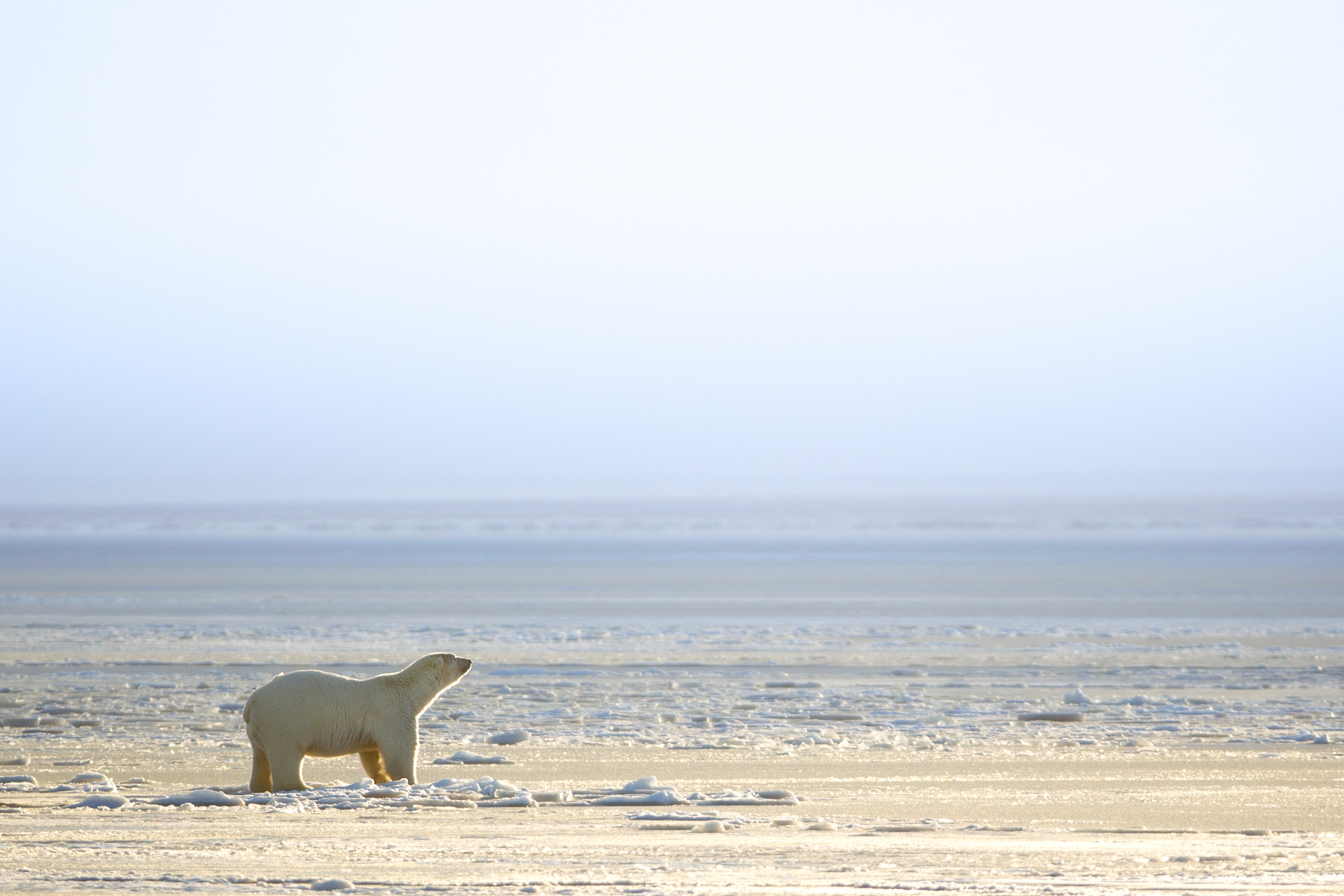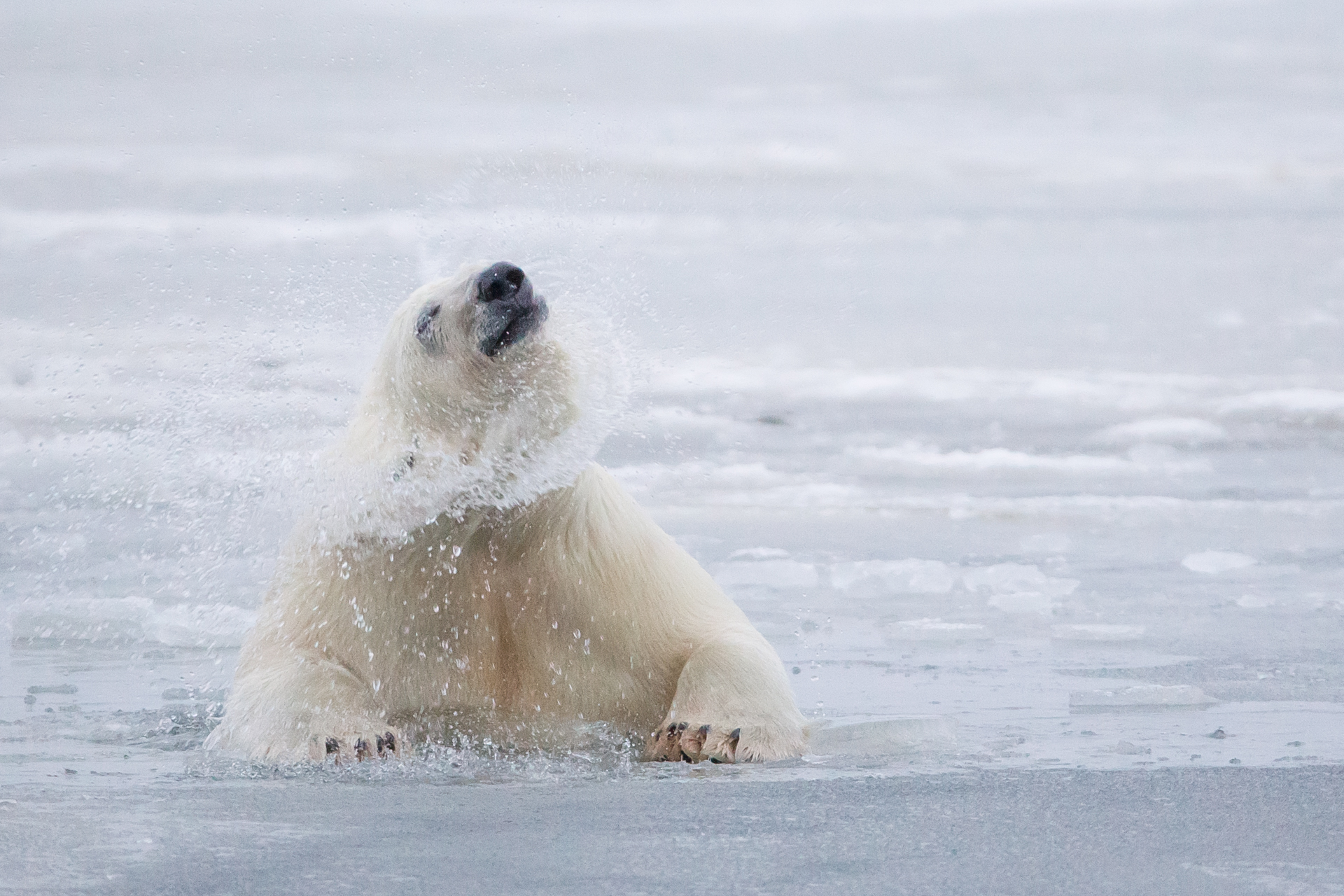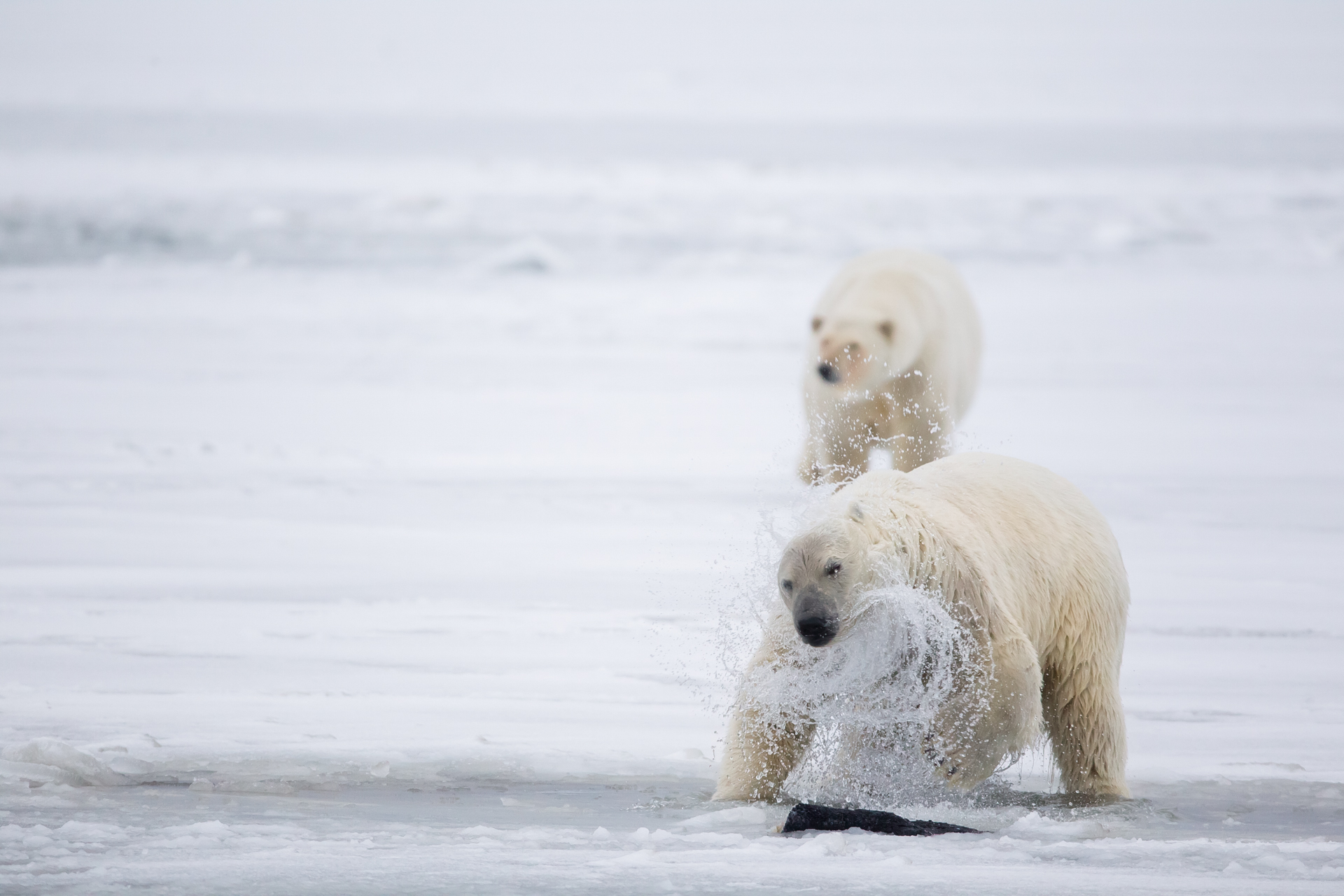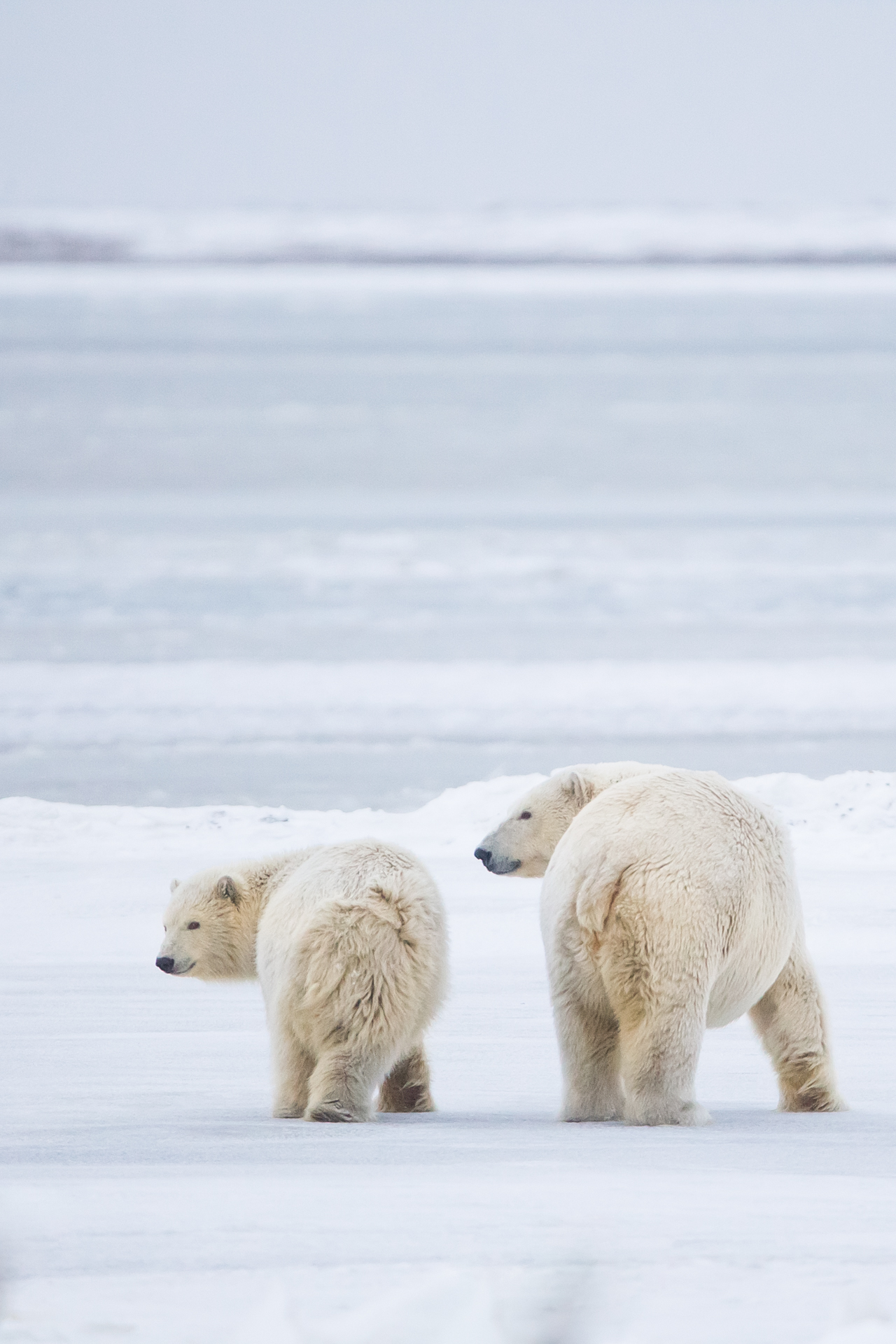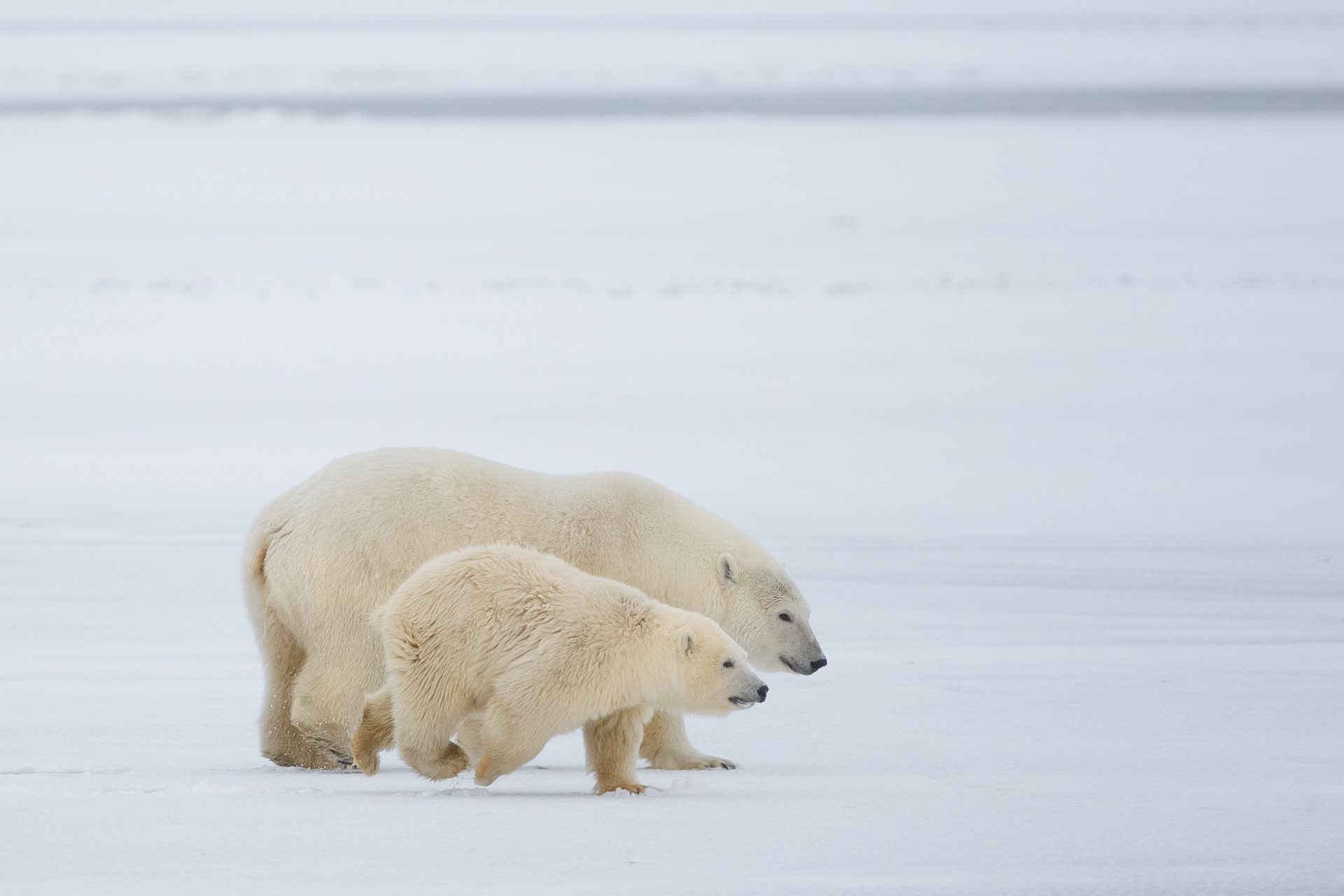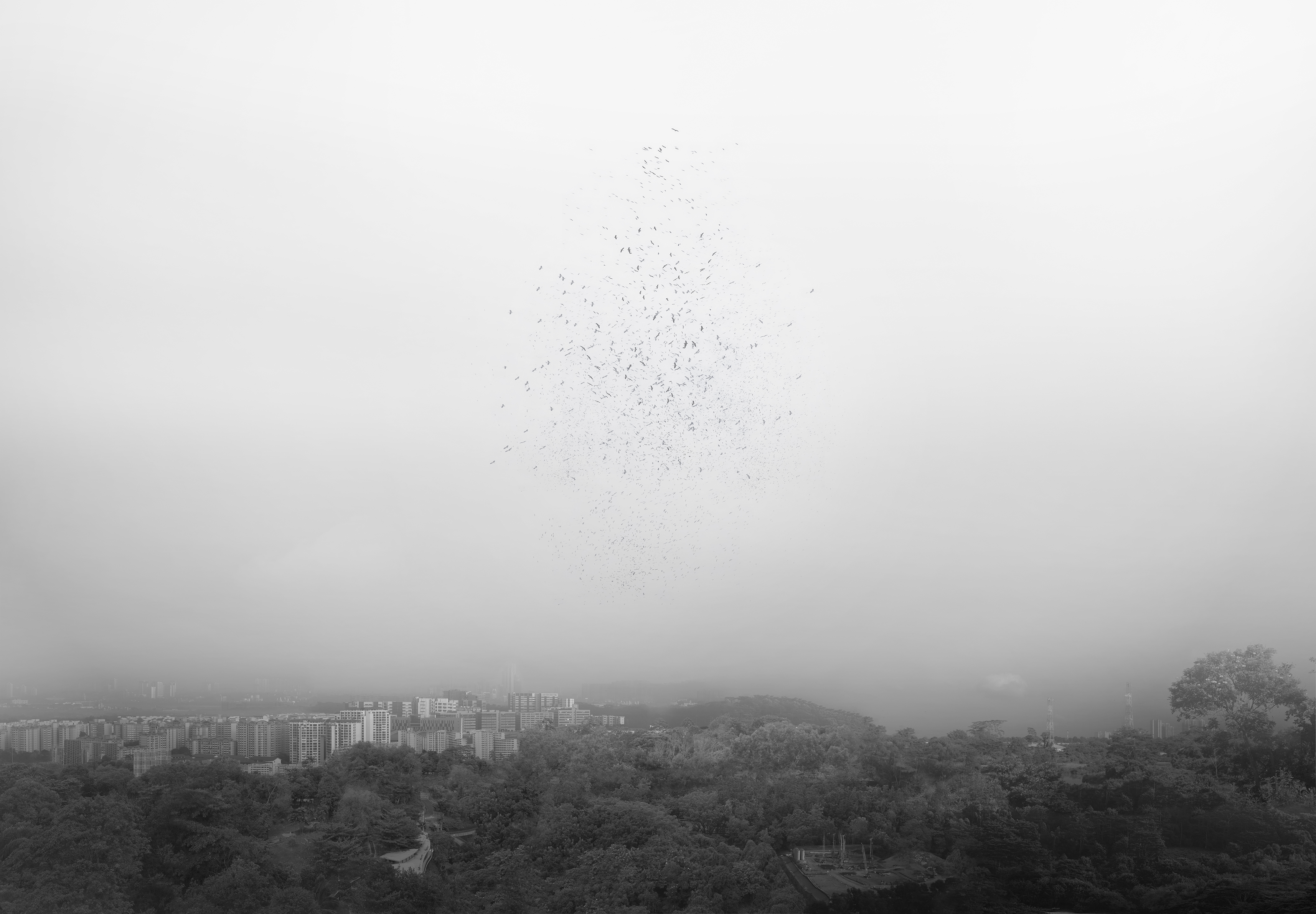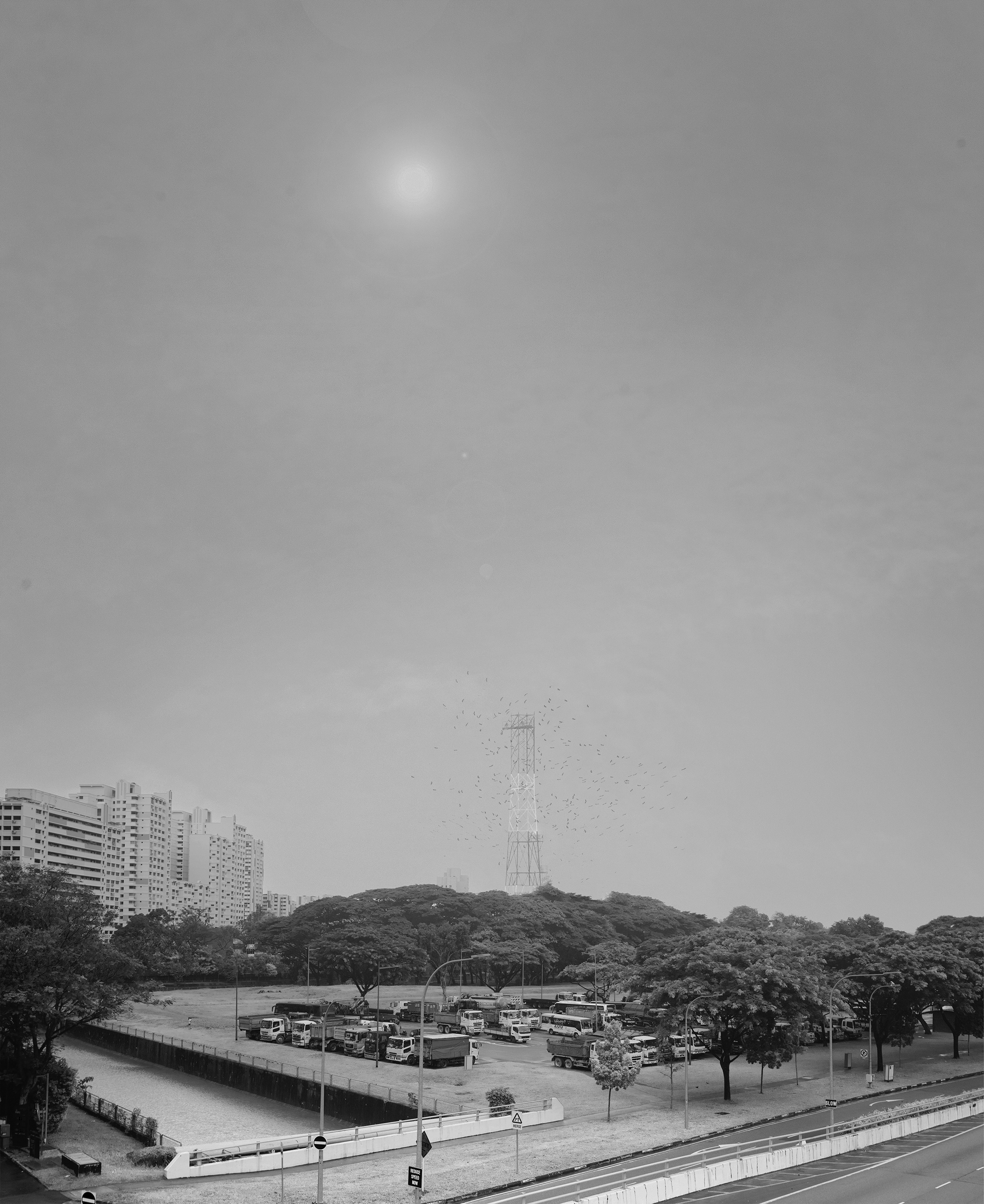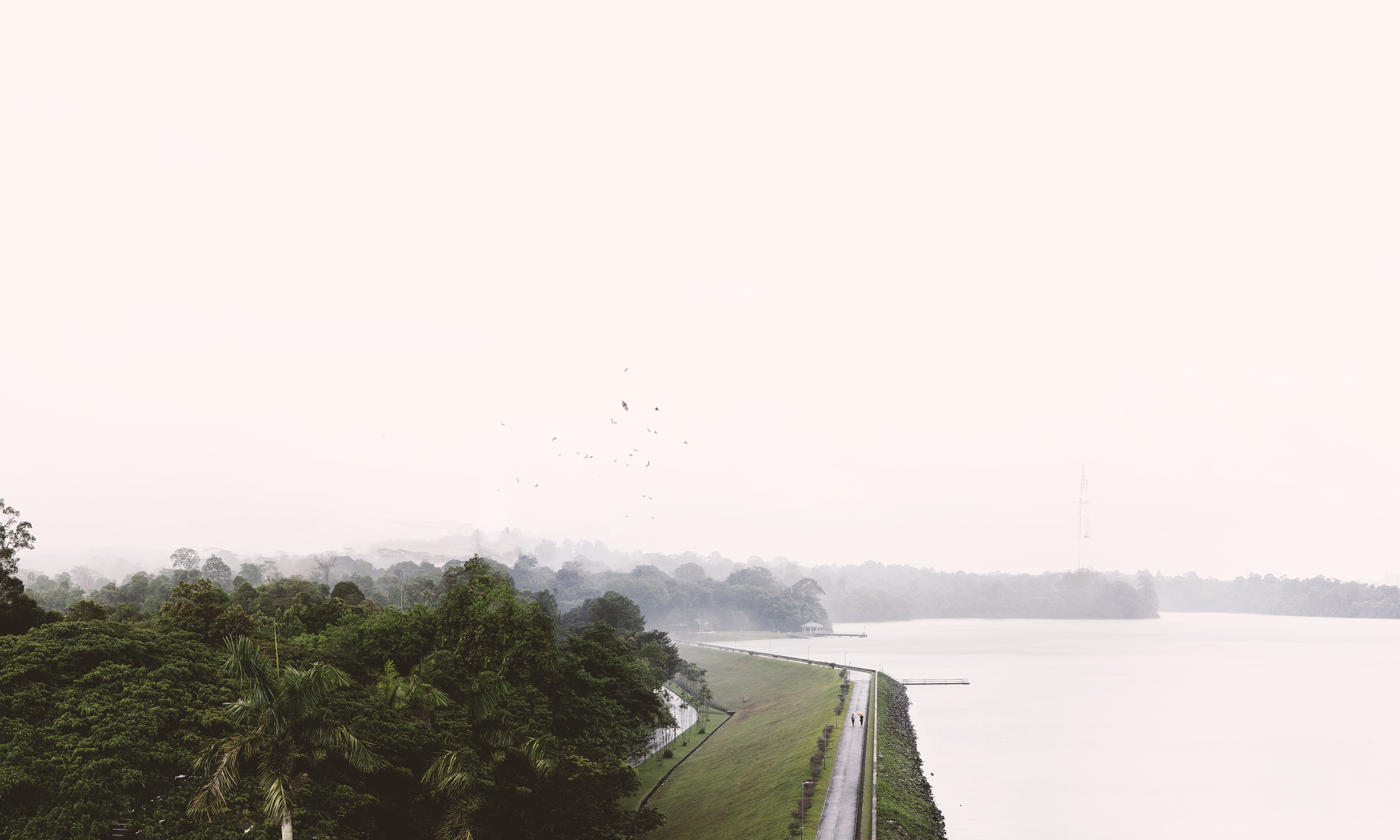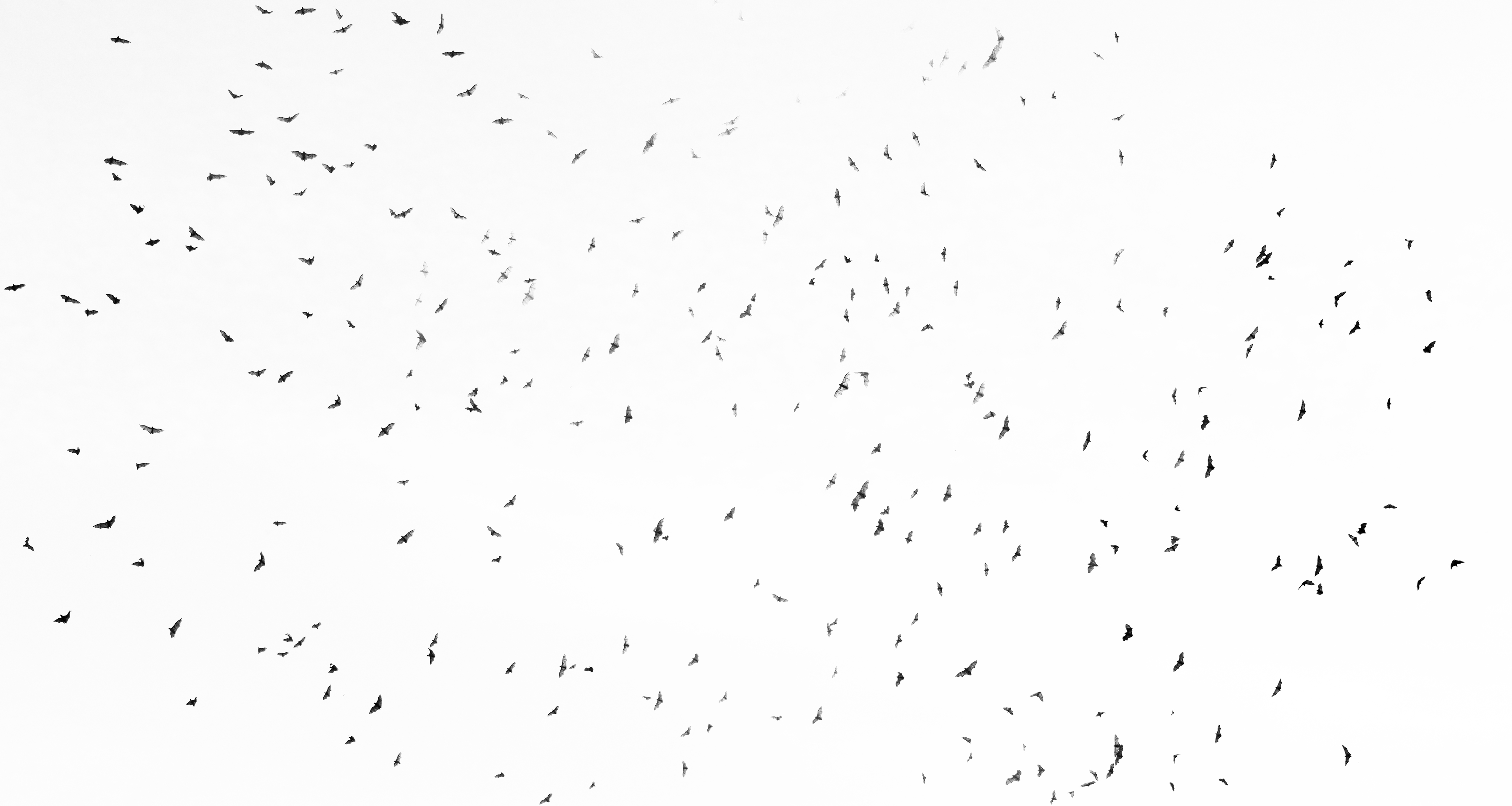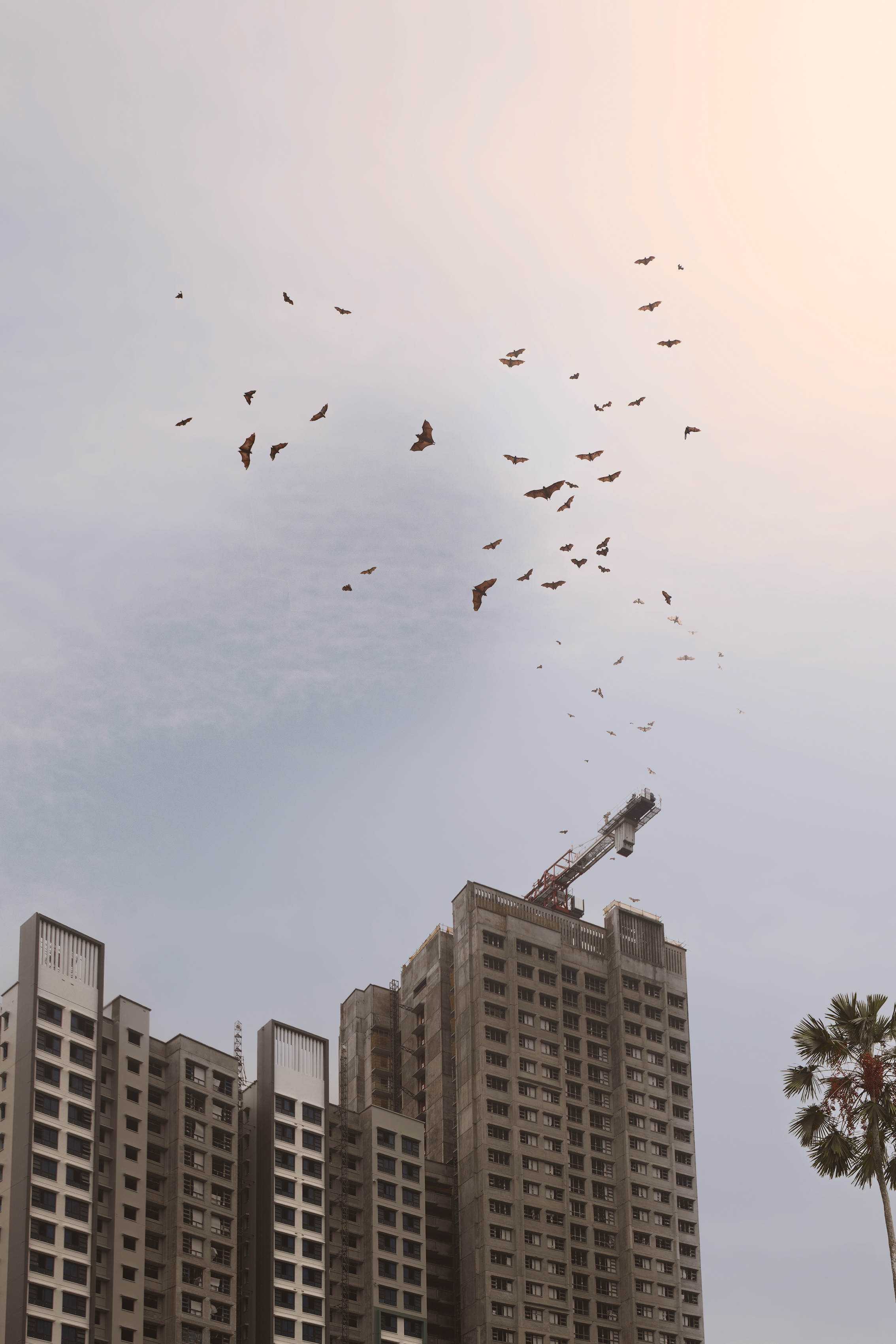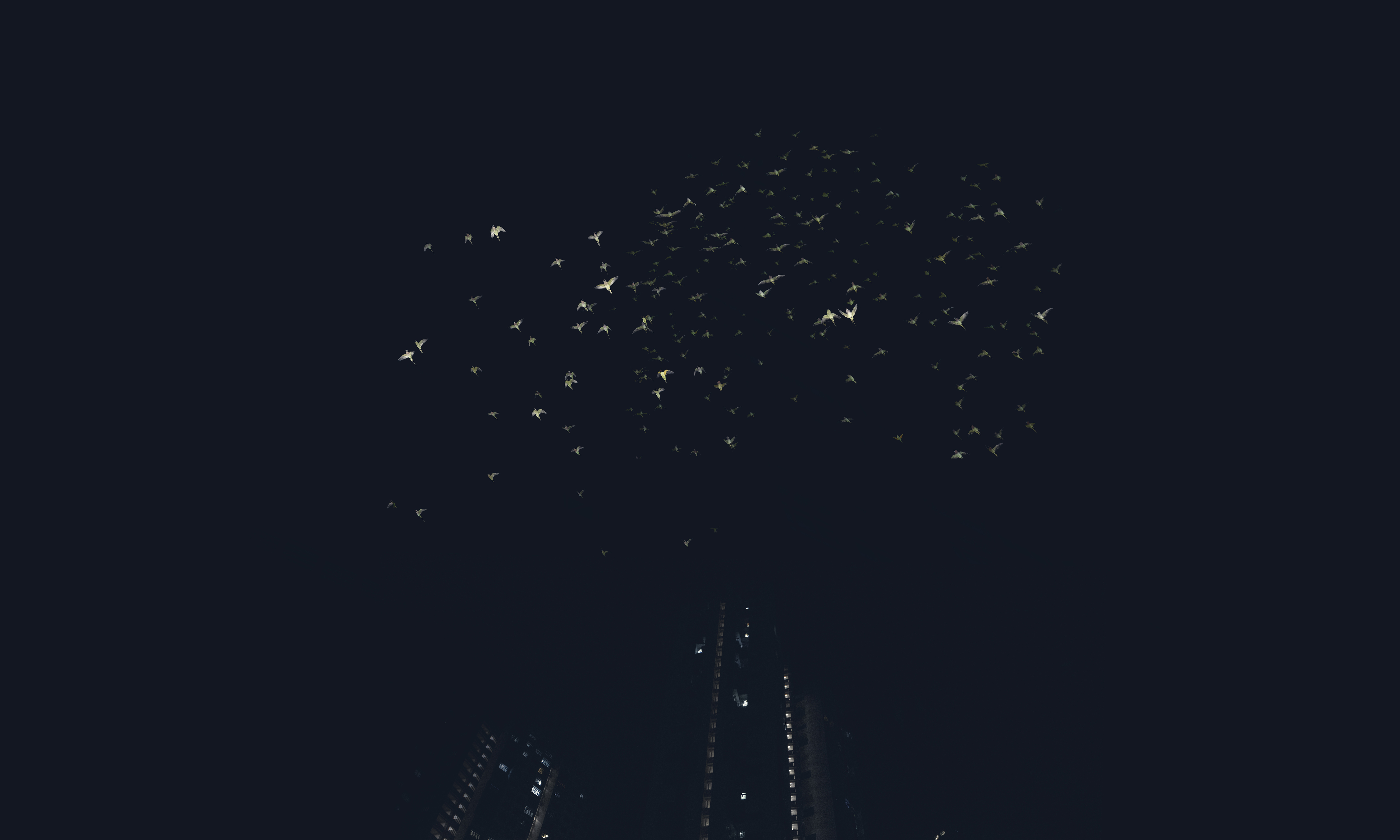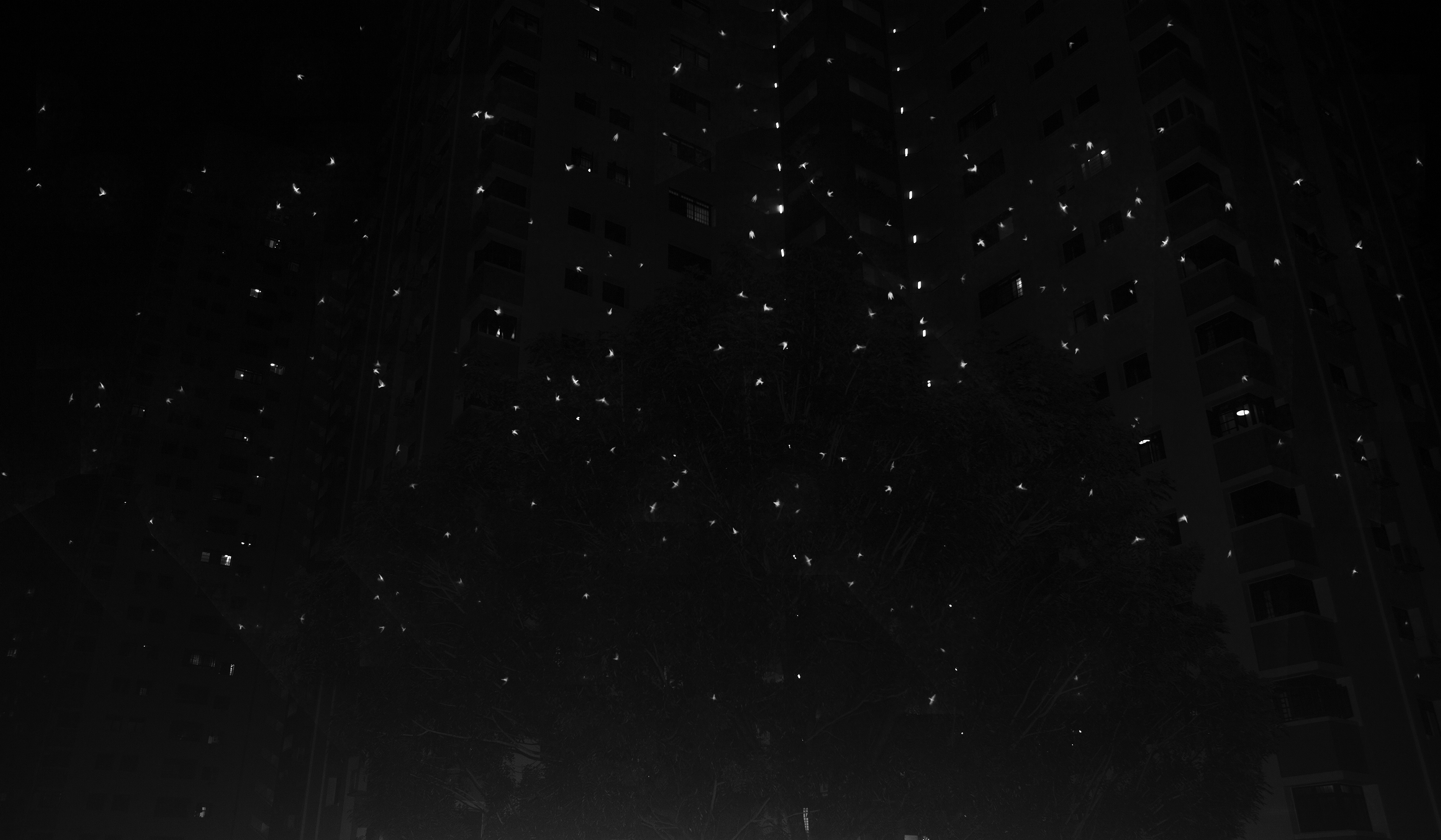Rediscovering Lost Connections:
Silvana S. Foundation Commission Award Exhibition, first edition
Rediscovering Lost Connections: Silvana S. Foundation Commission Award Exhibition, first edition is a joint presentation of the work of two artists, Robert Zhao Renhui and the late Silvana Sutanto. Zhao was the winner of the inaugural Silvana S Foundation Commission Award in 2020, organized by the foundation in collaboration with the Singapore International Photography Festival. The prize was themed around “Rediscovering Lost Connections”, and Zhao won for his proposed series, And A Great Sign Appeared, which looks at the effects of urbanization on the natural ecosystem, particularly avian colonies in Singapore. His work is presented alongside that of the late Silvana Sutanto. Here, Indonesian-born photographer Sutanto’s images of animal populations, anthropocenic landscapes and celestial phenomena, stand as representations of her lifelong commitment to her practice, and her chosen subject matter - the role of our natural environment. In juxtaposing the work of two artists deeply engaged with the ecological space that mankind inhabits, this exhibition celebrates the interconnectedness of humanity and its environment, and the future of both on the planet that we call home.
The proceeds from this exhibition will go towards the Borneo Orangutan Survival (BOS) Foundation.
